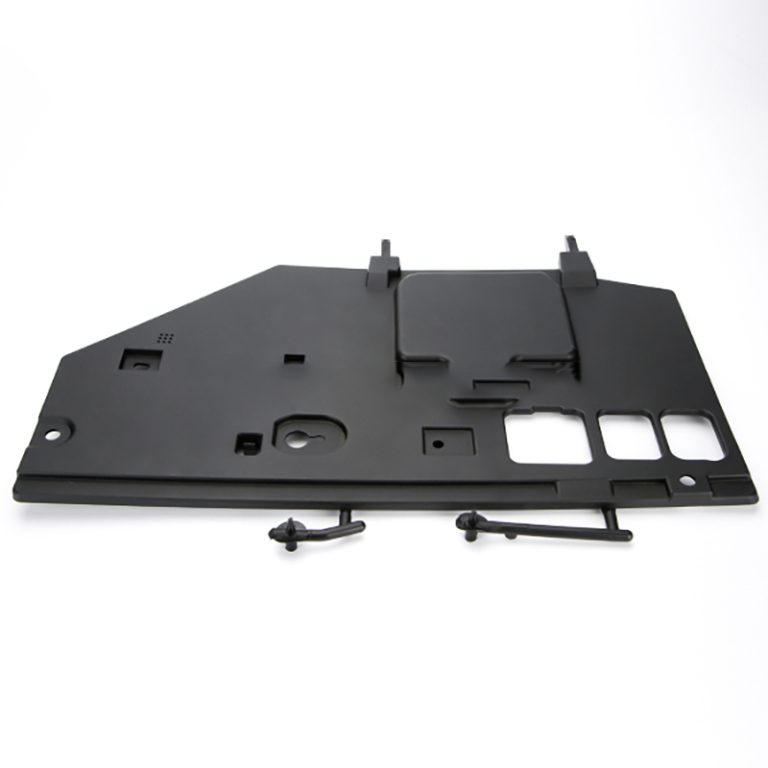The Process of Plastic Cup Making Through Injection Molding
Plastic cup making through injection molding is a widely used manufacturing process that allows for the production of high-quality, durable plastic cups in a cost-effective and efficient manner. Injection molding involves the use of a mold or die to shape molten plastic material into the desired cup shape. This process is ideal for mass production of plastic cups as it allows for consistent and precise results with minimal waste.
The first step in the injection molding process is the preparation of the mold. The mold is typically made of steel or aluminum and is designed to have the exact shape and dimensions of the plastic cup. The mold is then mounted onto an injection molding machine, which consists of a hopper, a heating unit, a plunger, and a cooling unit.
The next step is the preparation of the plastic material. Plastic pellets are fed into the hopper of the injection molding machine, where they are heated to a molten state. The molten plastic is then injected into the mold cavity through the plunger. The pressure and temperature of the molten plastic are carefully controlled to ensure that the plastic fills the mold completely and evenly.
Once the mold cavity is filled with molten plastic, it is allowed to cool and solidify. The cooling unit of the injection molding machine helps to speed up the cooling process, allowing for faster production cycles. Once the plastic has solidified, the mold is opened, and the newly formed plastic cup is ejected from the mold.
| Material selection | colour |
| PP/PC/ABS/PET/PEEK/ETC. | OEM/ODM |
The plastic cups produced through injection molding are of high quality and have a smooth, uniform finish. The process allows for the production of cups with intricate designs and details, making it ideal for custom or branded cups. Injection molding also allows for the use of different types of plastic materials, such as polypropylene, polystyrene, or polyethylene, depending on the desired properties of the final product.
One of the key advantages of plastic cup making through injection molding is its cost-effectiveness. The process is highly automated, which reduces labor costs and increases production efficiency. Injection molding also produces minimal waste, as any excess plastic can be recycled and reused in the production process.

Furthermore, injection molding allows for the production of plastic cups in large quantities, making it ideal for businesses that require a high volume of cups. The process is also highly repeatable, ensuring consistent quality and uniformity in each batch of cups produced.
In conclusion, plastic cup making through injection molding is a versatile and efficient manufacturing process that allows for the production of high-quality plastic cups in a cost-effective manner. The process is ideal for mass production of cups with intricate designs and details, and it offers numerous advantages in terms of cost, efficiency, and quality. With its ability to produce large quantities of cups with minimal waste, injection molding is a popular choice for businesses looking to manufacture plastic cups for various applications.






